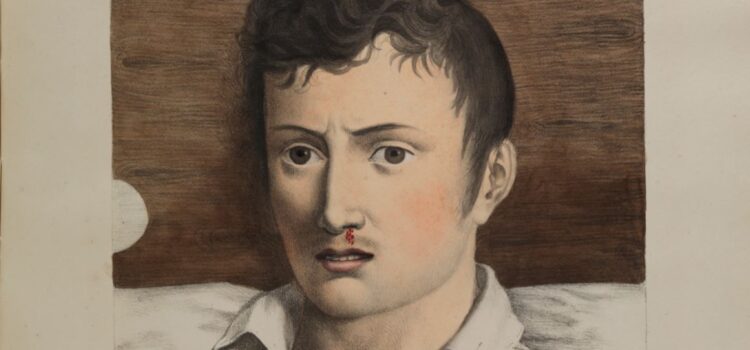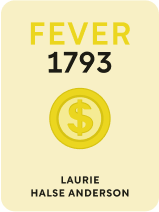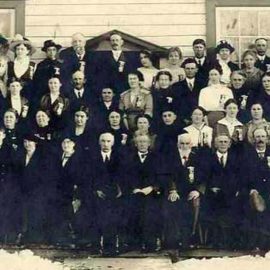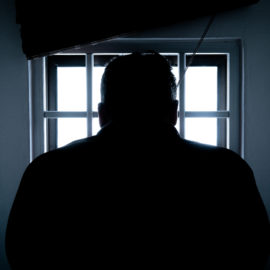

This article is an excerpt from the Shortform book guide to "Fever 1793" by Laurie Halse Anderson. Shortform has the world's best summaries and analyses of books you should be reading.
Like this article? Sign up for a free trial here .
What happened when the yellow fever epidemic began in Fever 1793? How did the mayor of Philadelphia respond?
When the yellow fever epidemic began in Fever 1793, Philadelphia was plunged into chaos. The officials didn’t know how to prevent the spread of the fever and panic spread quickly.
Continue reading to learn what happened when the yellow fever epidemic arose in Philadelphia.
How the Yellow Fever Epidemic Starts in Anderson’s Book
The events at the Ogilvie house seemed to mark the beginning of something serious in the city, and panic spread quickly. For two days following Colette’s collapse, the church bells didn’t stop ringing. Cannons were shot in the main square to cleanse the air of impurities. Flies, bees, and mosquitoes buzzed incessantly, adding to the frenzied cacophony and disturbance in the community. The heat was still intense. Not even a brief rainstorm brought much relief. They didn’t know it yet, but the yellow fever epidemic had begun.
The Cooks didn’t know what had happened to Colette after the tea. The Ogilvies, like every other wealthy family in the city, fled the city shortly after. The coffeehouse went from overflowing with customers to only a handful trickling in throughout the day. Less business meant less work for Eliza, so Eliza started attending meetings of the Free African Society to discuss the fever. Matilda had less to do, as well, and started accompanying Grandpa to the newspaper office to get the latest reports.
At the printing shop, Matilda and Grandpa found Andrew Brown, the owner, and Mr. Carris discussing the latest decree from the mayor. The decree would soon be hot off the presses. The men seemed surprised that the Cook family hadn’t retreated to the country. Grandpa said he hadn’t run from the British, and he wasn’t about to run from a little sickness. What was wrong with people? They’ve suffered disease in the past without losing their heads, he said.
Philadelphia’s Response
In response, Mr. Carris read the decree from the mayor aloud:
- Avoid those who are infected.
- The homes of the sick should be identified with markings.
- The poor should be hospitalized.
- The streets and dock areas should be cleaned.
- People should avoid mental and physical distress and stay inside as much as possible.
Mr. Carris told them that a building uptown had been turned into a shelter for the poor. The workers carried bodies out daily. Matilda was shocked by this news. She had no idea so many people were dying on a daily basis. When she asked what the death toll was, Mr. Brown said it was believed to be in the several hundreds. But the doctors warned it could turn into thousands before it was all over.
Grandpa brushed this news aside. It was just hysterical exaggeration. But Mr. Carris said even the government was running to the country, including men who’d fought on the frontlines during the war. He was scared for the city and all the people. He was scared for himself. Everyone grew quiet.
Matilda and Grandpa walked silently back home. She counted the number of days until the first frost, which would destroy the fever: 28 at the minimum. Suddenly, going to the Ludington’s didn’t seem like such a bad idea.
A dirty man pushed a wheelbarrow past them on the sidewalk. A human arm dangled over the side. Grandpa was livid that this man was carting bodies in the good part of town during the day. But when the man stopped in front of the coffeehouse, Matilda felt her throat tighten. She ran toward the man, arriving just as he dumped a woman’s body on the sidewalk. It was Lucille.

———End of Preview———
Like what you just read? Read the rest of the world's best book summary and analysis of Laurie Halse Anderson's "Fever 1793" at Shortform .
Here's what you'll find in our full Fever 1793 summary :
- What the yellow fever epidemic in 1793 in Philadelphia looked like
- How this epidemic exposed the vulnerability of everyone, including the wealthy
- How an epidemic can impact a young person






